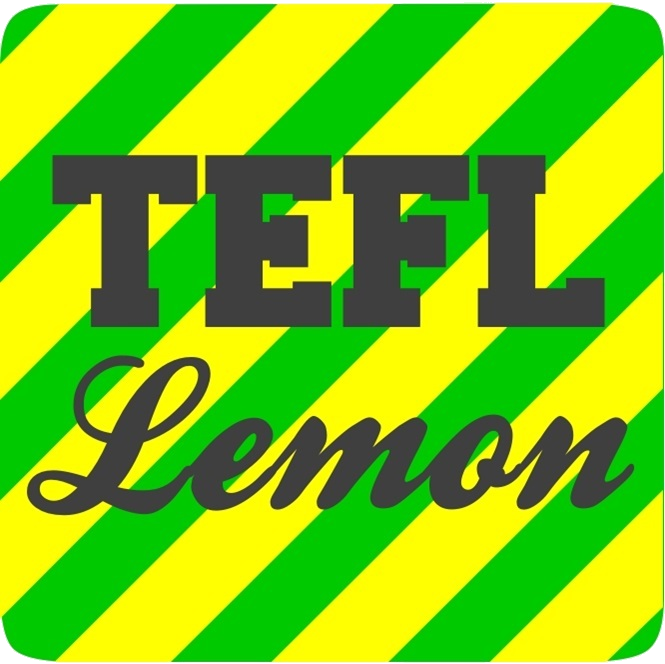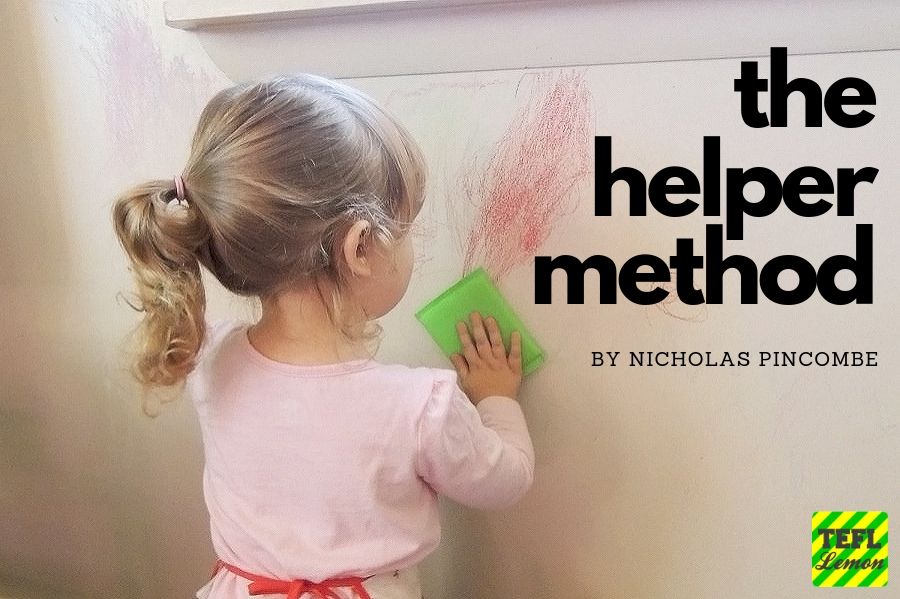ESL Classroom Management: The Helper Method
Classroom management is an important part of teaching English as a foreign language. Although lesson planning is important, one cannot teach effectively unless the students listen. Every teacher knows how frustrating wild children are. Some students make me so angry that I want to yell and shout and say, 'I give up! Good luck learning English by yourselves!' Some classes only have one troublesome student, but naughtiness is a problem that spreads like wildfire. As soon as one student starts goofing around, this behavior emboldens the others to misbehave as well.
I start each class by individually greeting every student. If one jokes around, like addressing me by the wrong name, i.e. 'hello, chair,' then getting the other students to use my name is going to be difficult. This example is mild, of course, but it demonstrates my point. An orderly classroom quickly turns into a zoo and then one can just throw the lesson plan out of the window.
Reward systems for young learner classes
Stars and stickers are common props in the drama of ESL classroom management. Whenever the children behave especially well, the TEFL teacher draws a star beside their names on the whiteboard or wallchart, then erases a star whenever they misbehave. Students compete to see who can get the most stars. One tells the students to expect some stickers if they are good throughout the whole class. Combining the star competition with the sticker reward usually commands the class' attention. The key word there is ‘usually’. Some students could not care less about stars and they will tell you where you can put your stickers, especially if you are teaching older children (9-10 years and up).
How should one handle this situation?
A simple insight informs my strategy: that is, children love to help. When I was younger, my mom would let me prepare the salad for dinner and my dad would let me handle the map for road trips. I remember beaming with pride as mom served the food and dad reached the destination. Although cooking and driving both bored me, I enjoyed these activities as soon as my parents involved me because I suddenly had a role to play, a job to do, and so I was participating instead of spectating, doing instead of watching.
Getting children to help in the classroom
Here are four ways that I incorporate helpers into my lessons. Notice that most of my students are between the ages of four and seven, and that older classrooms call for other methods. I often kneel down in order to make eye contact with my students. Obviously, I could just stand up on my own, but where is the fun in that Where is the game I like to pretend that I am not a spry young man anymore. On the contrary, I am a wizened old dog. As soon as I start the routine of struggling to get up, my students sometimes mob me since they all want to help me so badly. This effect is undesirable because gaining control of the class is the purpose of the exercise.
Getting students to help with flashcards
I summon one or two helpers whenever I need to stand up. Flashcards are a crucial teaching aid. They also provide many chances for students to help. If I want to use a set of flashcards that is on a table, then a helper can fetch it for me. Do I want to return a set of flashcards to the table? Someone else can do it for me. Supposing that a game requires me to arrange the flashcards on the floor, then one helper can prepare them and another can pick them up. I am a wizened old dog, remember?That is why I cannot be bothered to walk to and fro.
The table is too heavy…help me, kids!
Many lesson plans involve an activity that requires a table. Obviously, my assistant teacher and I could place it in the centre of the room ourselves, but again I ask, where is the fun in that? Where is the game? I prefer to act as if the table is too heavy for me to move on my own, then assign the heavy lifting to two strong boys. When the activity ends, another pair can return the table to its original place. I am a frail, old man, too weak to stand on my own, so the table is immovable from my perspective. Your own students can really help with classroom management and will really want to help and be involved.
Asking students to help with whiteboard management
The whiteboard(or blackboard, depending on the school)symbolizes the teacher's authority. Using it separates the jocks from the socks, so to speak. My students get very excited when I allow them to erase something for me. Remembering to write on the lower portions of the board is a crucial element of this stratagem, because they won’t be able to reach the top of the board. We are not in the business of humiliating our students. I find that these small privileges incentivize students to listen. We know that a desire for attention motivates many troublemakers. Singling them out like this, it scratches an itch for recognition and accustoms them to obeying directions. If a boy responds to 'help me,' then he might also respond to 'sit down and be quiet, please'.
Conclusion
Taking good control of your classroom with effective classroom management is an essential part of your students getting the most out of their learning and their time with you as the teacher, but is also essential for your to do your job properly and enjoy doing your job. Classroom management for young learner classes doesn’t come easy and hours spent in the classroom will help. Most helpful though can be the children themselves, asking them to help with small classroom tasks and assisting you. If stars and stickers aren’t enough, then engaging The Helper Method of asking your children to help you run the classroom better is the perfect way to improve classroom management for young learner classes.
by Nicholas Pincombe
Nicholas Pincombe, a graduate of Western University's Bachelor of Arts program, comes from London, Ontario, Canada. He works at Evergreen English Training Centre. In his spare time, he likes reading novels, watching hockey, and playing soccer.


